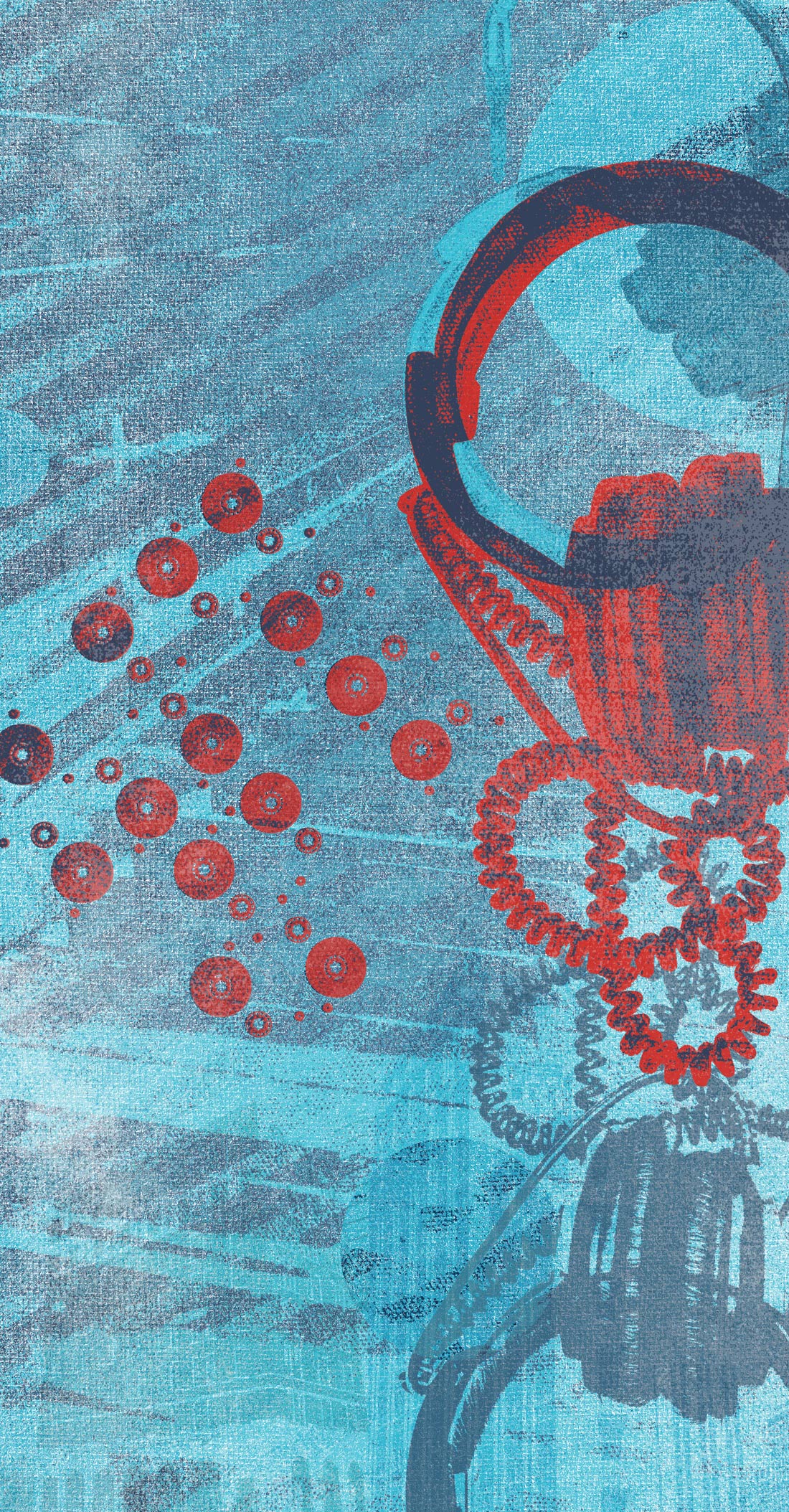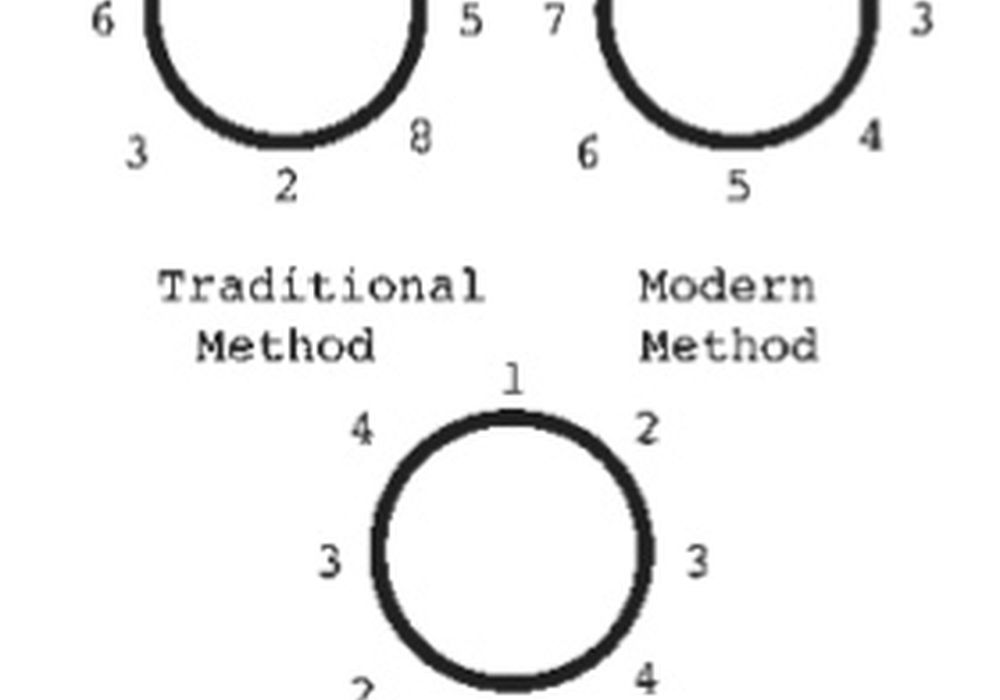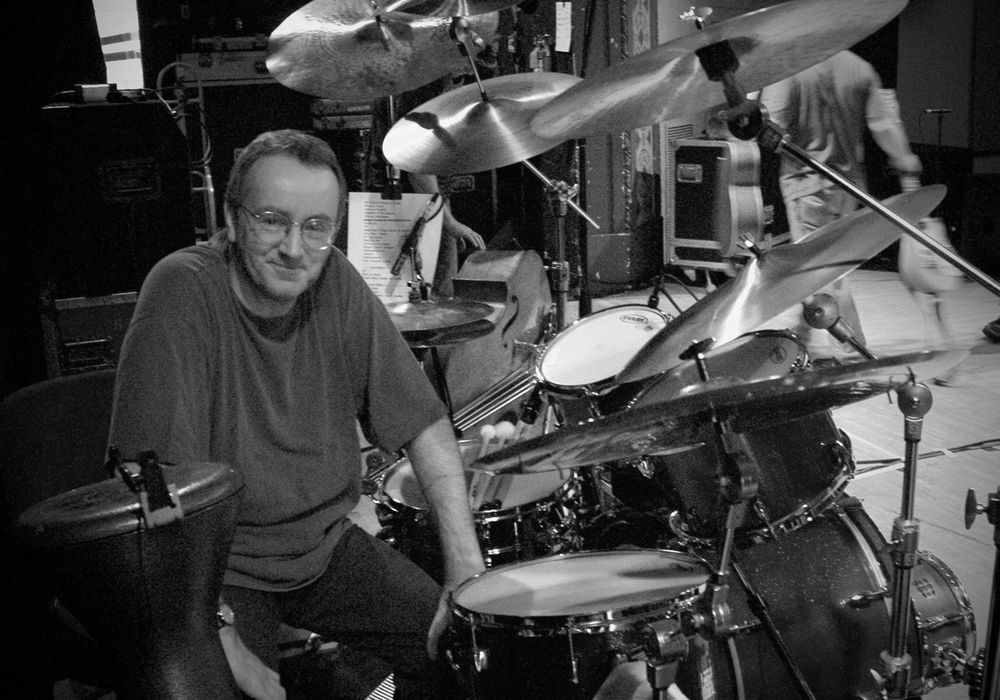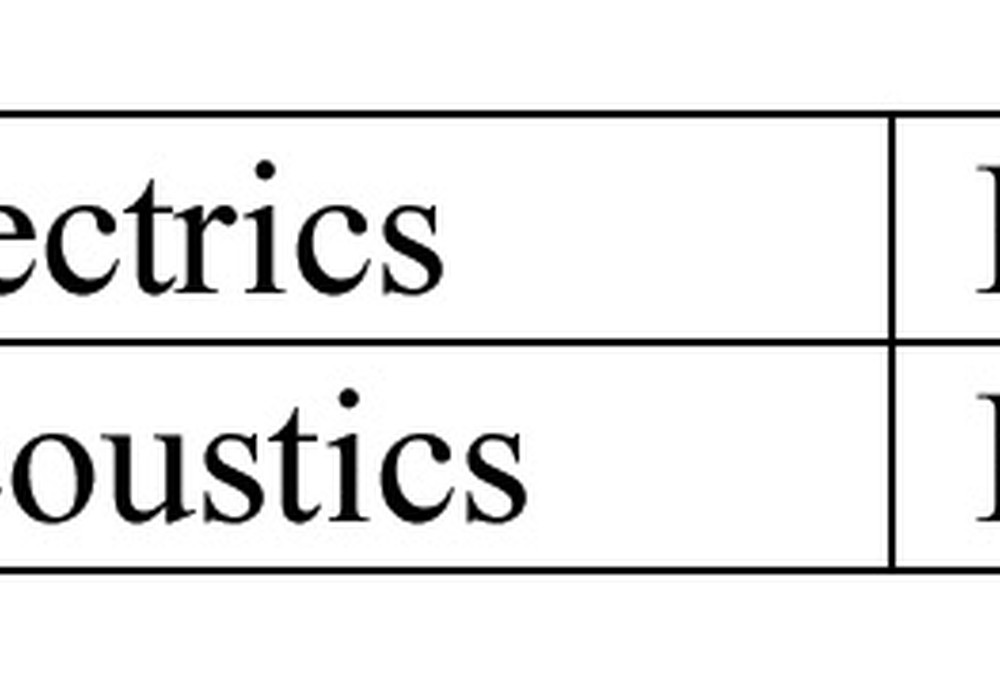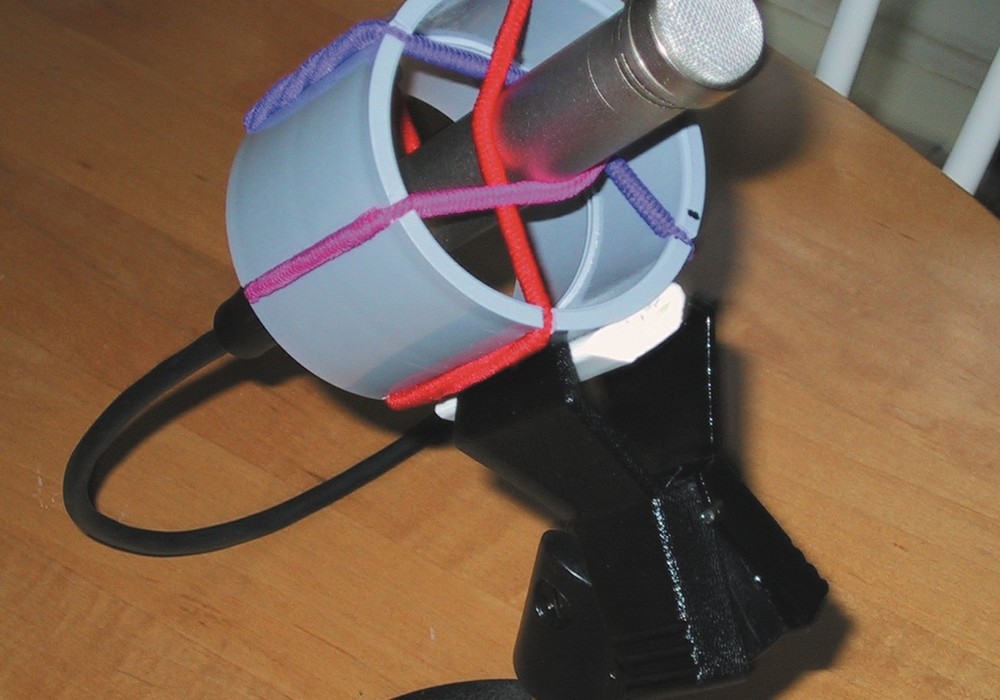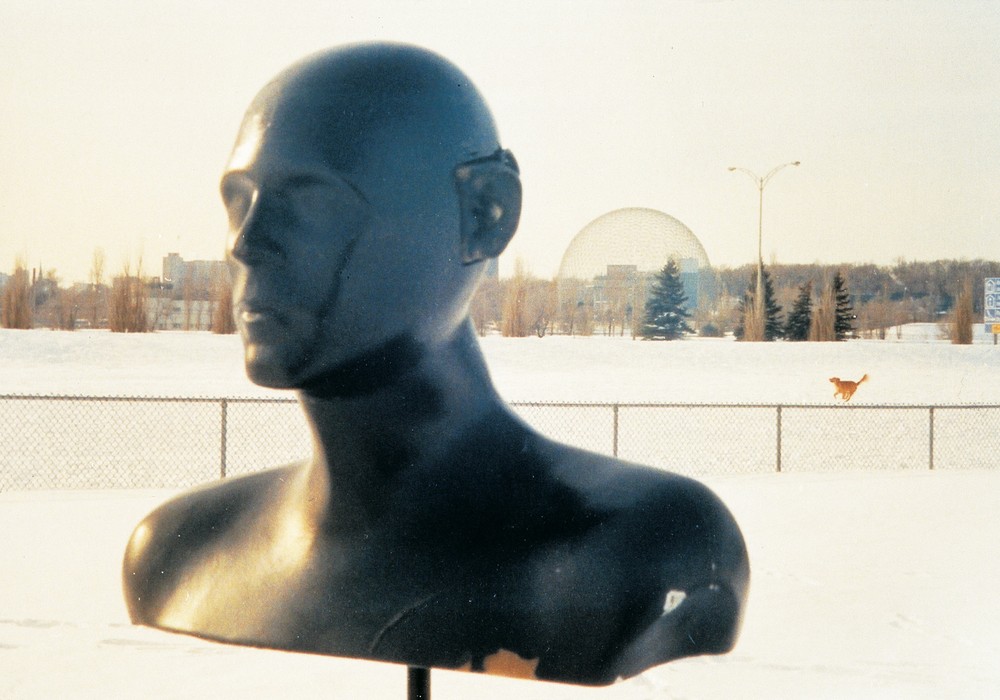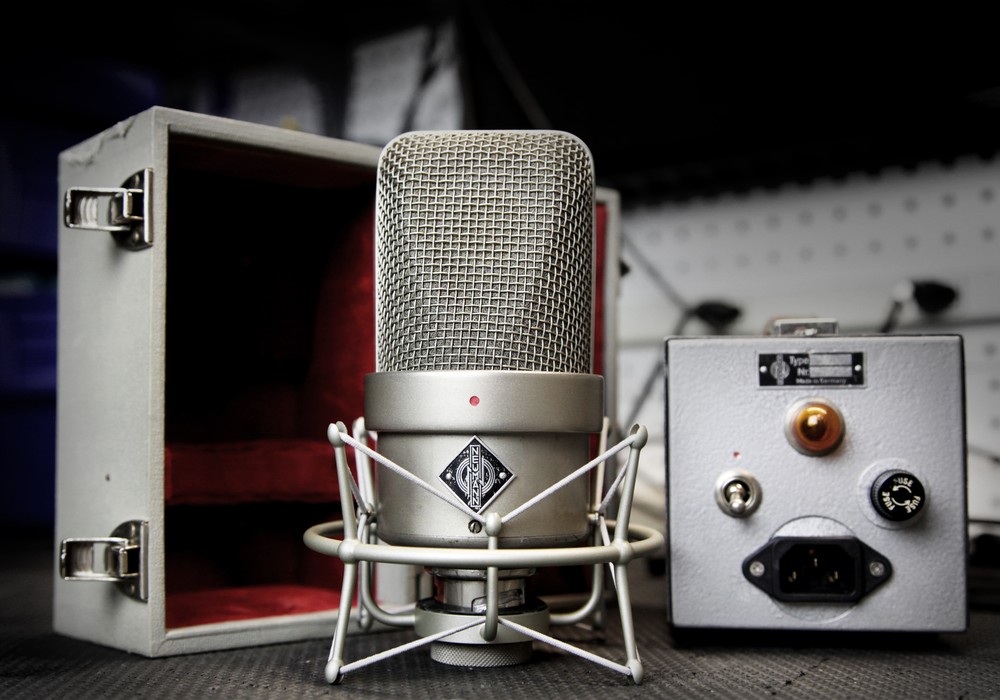Die cast hoops
Die cast hoops give a drum more body, not "crack." I totally think of triple-flanged hoops as giving a drum more crack without the substantial body that a die cast hoop adds.
Nylon washers
Instead of replacing the metal washers between the tension rod and hoop, put nylon washers between the metal washers and the hoop. The combination will bind better and will help keep the drum's tuning a bit more stable.
Seating a new head
Here's a good way to quickly seat a new drumhead (which allows the drum to better conform to the specific contour of the drum's bearing edge): Put the head on and tighten it slowly, making sure to maintain even tension around the head. When the head is fairly tight (and evenly-tensioned), take a heat gun or blow dryer and slowly work your way around the outer edge of the drumhead, just inside the hoop and along the bearing edge. Don't try to get the head hot, just warm to the touch. The heat will make the Mylar conform to the bearing edge almost instantly. Be careful not to get the head too warm, as too much heat buildup will deform the head in a destructive way.
Muffling
Sometimes, you might get a bad drumhead (and Mylar is a variable product, so bad heads are not uncommon). Even with seemingly equal tension, you're still getting odd overtones. Or maybe you just want a little bit of that extra sustain in your drum reduced? If so, take your finger and lightly touch the edge of the drumhead while playing the drum in the center. Move your finger around the edge until you find the spot where the drum still "speaks," but the nasty overtones are reduced. That's the spot where you may want to apply some muffling. Moongel is a wonderful, easy-to-apply, washable, and reusable product that works perfectly in this regard. Sometimes even half a piece of Moongel is enough. In a pinch, you can use gaffer's tape, but be sure to put a couple of wrinkles in it or roll it up inside-out (to make a wide loop). If you apply the tape flat, it will vibrate in sympathy with the head and will be less effective. Stewart Copeland and Jeff Porcaro used duct tape on their snares, and both Al Jackson and Danny Seraphine used a wallet. I recently saw a "1970s legacy artist" in concert with his original drummer, who on occasion put a T-shirt over the snare drum head to perfectly mimic the sound from the records. Brilliant! I say, "Whatever works for the job at hand."
Ah, bass drum sounds
You can certainly use a modern, two-ply, self-damping bass drum head, with some kind of minimal additional damping inside the drum and a front head, with a small hole in it and call it a day. But why limit yourself? Lots of great bass drum sounds have been recorded under a variety of circumstances. The coveted "Bonham sound?" Usually single-ply, coated heads with little or nothing in the drum. Many of those Tchad Blake records? A small bass drum with no front head and heavy muffling. Instant thump. Try some different stuff. Step out of the comfort zone. You might be surprised at what you find, and it might be more familiar than you think.
A note on pedal noise
Get some light-grade machine oil for your pedals. Over time and with lots of use, they'll start to squeak. Old pedals and new pedals, bass drum and hi-hat. These are fussy machines with lots of moving parts. When they start to make noise, put them on a safe spot (a bunch of paper towels, an old rug or towel, so as not to leave oil stains on your floor) and apply a couple of drops of oil to every moving part and every place with metal-on-metal contact. Work the pedals vigorously for a few minutes, then wipe off the excess oil. Voila! Quieter pedals! r
Chris Garges is a recordist and drummer in North Carolina and moderates several forums for the Tape Op Message Board. www.chrisgarges.com
